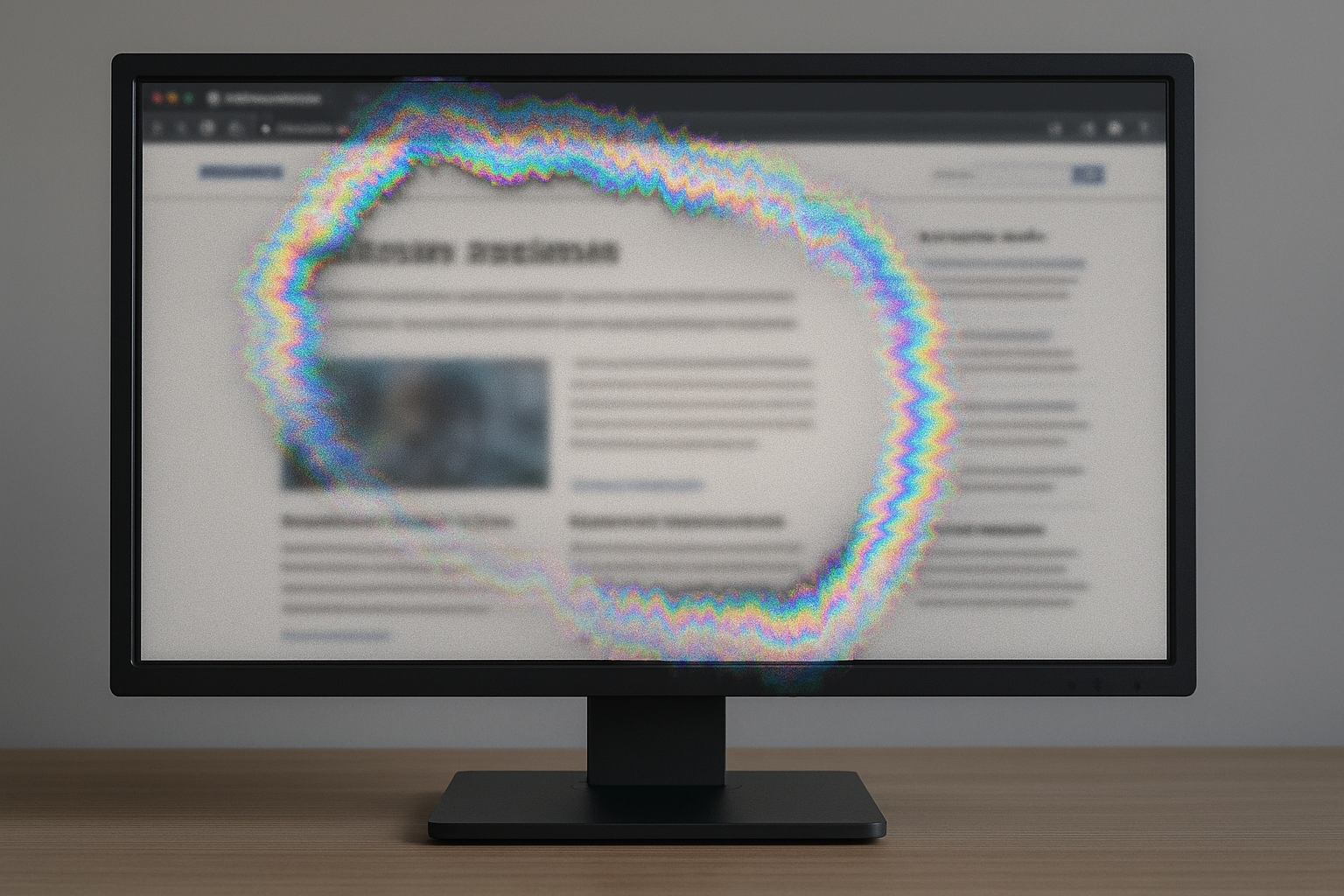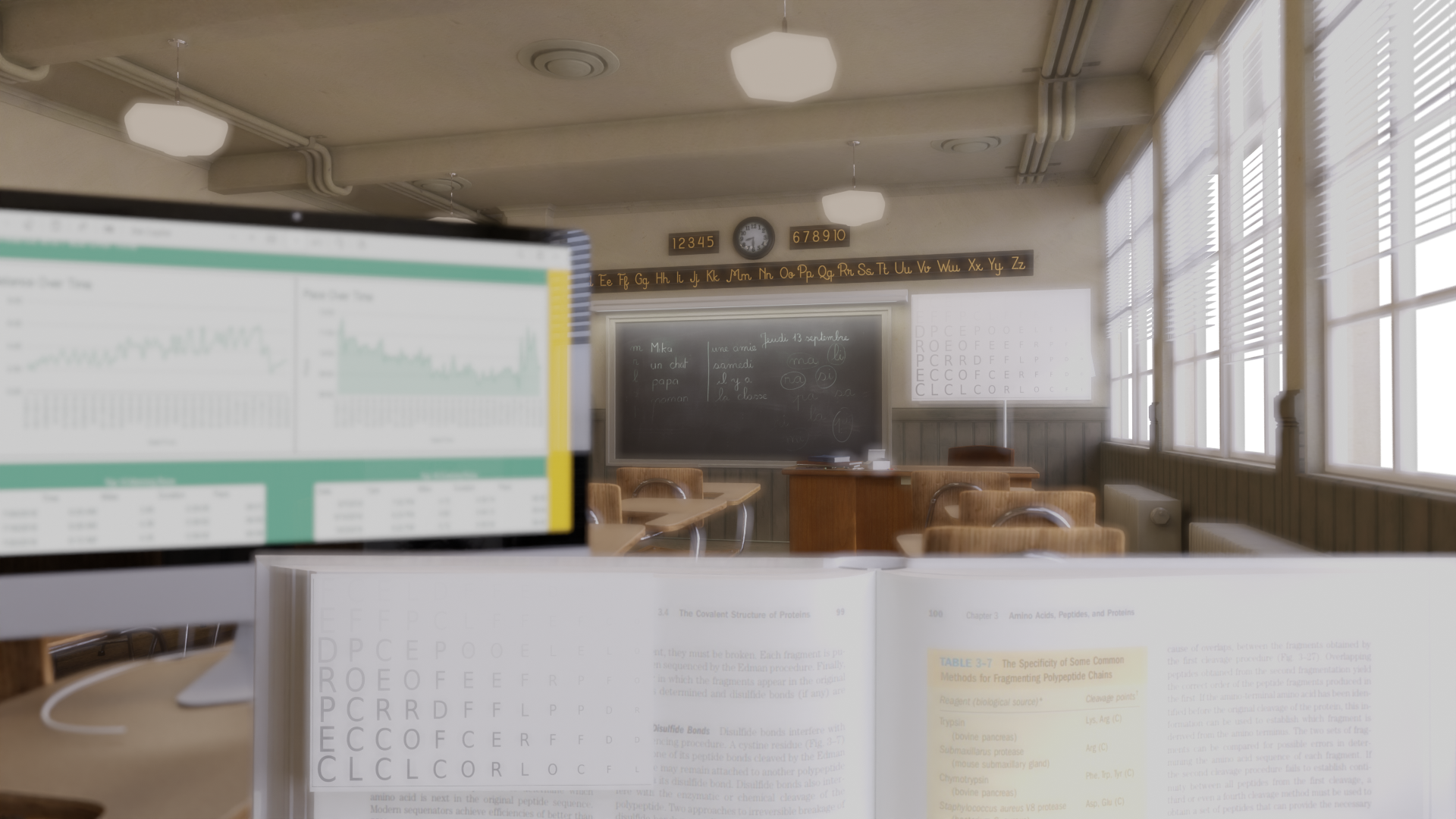What Budget Progressive Lenses Really Are: Expired Patents from 20 Years Ago
People tend to think of glasses as simple. Plastic lenses in a frame. What could possibly be complicated about that?
A lot, actually.
Especially if they’re progressive lenses, those magical little wafers of plastic that have to deliver perfect focus at far, near, and everything in between, without a line and without warping the world around you into a fishbowl.
Getting that right is hard. Really hard.
Which is why over the past 20 years, the big lens manufacturers (EssilorLuxottica, Zeiss, Hoya, Shamir, and Nikon) have poured close to $7 billion USD into research and development. That’s billions with a “B,” spent on:
AI-driven lens design algorithms
Freeform surfacing machines that sculpt curves at the micron level
Behavioral eye-tracking to predict your next gaze movement
Adaptive optics to customize your vision down to the frame tilt and vertex distance
New coatings that repel scratches, smudges, water, dust, glare, blue light, and probably ghosts
So here’s the kicker:
If you bought your progressive lenses from a big-box store or an online discount site, you’re likely wearing a product that represents the fruit of exactly none of that $7,000,000,000 of R&D.
Not a single algorithm.
Not one nanocoated layer.
Not a whisper of wavefront optimization.
You’re seeing the world through 20-year-old tech because the patent for that design expired, and someone in a factory somewhere pressed “Print” on it again. And again. And again.
Can you imagine if this was advertised as a cutting edge smartphone by a big box retailer in 2025?
Imagine spending billions to build the iPhone 16...
...and knowing there are people still walking around with a Blackberry from 2003, thinking that’s the best a smartphone can work.
That’s the situation with budget progressive lenses right now.
They’re fine. They’ll get you through the day. But just like a Blackberry, they’ll struggle with the demands of modern life and you’ll never know what you’re missing until you try something built this decade.
Welcome to the wonderful world of expired intellectual property and eyewear economics
Progressive Lenses Are Incredibly Smart Little Pieces of Glass
Progressive lenses are like invisible ramps of magnification built into your glasses. The top lets you see far, the bottom helps you read, and the middle (everyone’s favorite no-man’s land), lets you spot your dashboard, your screen, or the person across the table trying to make small talk.
Optically speaking, that part isn’t too hard. Even century-old trifocals pulled it off with a few sharp lines and a little visual whiplash.
But doing it seamlessly without visible lines, without the jarring jumps, without blur bombarding your periphery, that’s where things get tricky. That’s where progressive lenses turn into an optical shell game.
Because trifocals are like stairs. You can spot them a mile away, sharp, hard-edged transitions where one step drops off and the next begins. Each zone (distance, intermediate, near) is clearly defined, but so is the jarring jump in elevation your eyes feel when you move from one to the next. It’s effective, sure, but not exactly graceful.
Without adding or removing any material it is impossible to morph the stairs into a ramp of the exact same dimensions without adding imperfections.
Progressive lenses, on the other hand, are like a ramp. No lines. No abrupt changes. Just a smooth transition from far to near, with everything in between flowing naturally under your gaze.
But here’s the catch: in lens design, you don’t get to build your ramp from scratch.
You’re given a block of optical material, like a staircase made of Play-Doh. You’re told: “Turn this into a ramp. But don’t add any Play-Doh. Don’t remove any either. And the overall size? That has to stay exactly the same: same width, same height, same depth. Oh and by the way, the front edge of each step, that’s the prescription, it has stay fixed exactly where it is, non-negotiable.”
If that sounds hard, it’s because it is.
You start sculpting. You shave some Play-Doh from one side, smooth it into the gap between stairs. Now that transition feels gentler. But now you have less material on one of the sides. A weird divot. Warped shape. Visual junk.
You can’t eliminate it, you can only relocate it.
This is the core challenge of progressive lens design: every time you smooth out the main viewing zones, you create distortion and aberration somewhere else. The art is in hiding those blurry zones where you’re unlikely to notice them, such as outside your primary gaze path, tucked into your periphery, or balanced to reduce binocular conflict.
Designing a PAL isn’t about removing blur, it’s about strategically hiding the blur so your brain forgets it’s there.
And the better the design, the better that visual trickery.
That’s why modern PALs use ray tracing, AI modeling, and billions in R&D, to get that ramp as smooth as possible, without letting the Play-Doh spill out in places your eyes will hate.
Older designs? They tried too, but their sculpting tools weren’t as precise, and their ramps feel a lot more like rounded-off stairs.
And if you need further validation that lens manufactures are making progress in hiding these optical aberrations:
If all progressives were the same and the design “solved” 20 years ago, why would companies keep spending that kind of money?
These aren’t passion projects or science experiments. These are publicly traded companies, accountable to shareholders. If they couldn’t show measurable improvements in comfort, clarity, field width, or adaptation time, they’d be laughed out of the boardroom.
They do it because each generation of progressives gets better and people notice. Market share shifts. New lenses get adopted. Clinics upgrade their offerings. Patients come back saying, “These are way better than my old ones.” Stock price increases.
So no, it’s not smoke and mirrors. And no, not all progressives are the same. If you're wearing a lens designed before the iPhone existed, you're seeing the world through a solution that was great for its time but the rest of the world has moved on.
IP Expiration – The Silent Power Behind Your Big Box store Glasses
In most of the world, utility patents (the kind that protect optical designs) last 20 years from the filing date.
Now let’s do some math.
The first fully individualized PALs appeared around 1999–2004.
That means their patents started expiring around 2019–2024.
Which means the most advanced technology of that era just entered the public domain.
Which means anyone, any factory in Danyang, any online retailer, any no-name lens brand can legally use them.
And they are.
Today’s Budget Progressives = Yesterday’s Flagships
The $250 no-name progressives you bought from the internet? They might be running on the exact design formula that powered the original Varilux Comfort (1997) or Kodak Precise (early 2000s). Even Shamir’s original Autograph, a fully free-form personalized lens launched in 2004, is now mostly expired and being cloned, re-skinned, and reincarnated all over the place.
So instead of innovating new new lenses designs from scratch to match todays visual demands, many low-cost lens manufacturers just reach into the optical junk drawer and pulled out something from 2003.
And you know what? It still works. Kind of.
If This Were Any Other Industry, You’d Freak Out
Imagine this in other parts of your life.
You walk into a phone store and they hand you an iPhone 3G. “It texts. It calls. That’s all you need.”
You buy a new TV and it turns out it’s 480p resolution, because hey, it still “technically displays moving images.”
You go to buy a laptop and the sales rep is like, “This is the Dell Inspiron 1300 from 2005. We’ve put it in a new case and painted it black. Enjoy.”
You’d leave.
But with lenses? You might never know. Because the branding is vague. The product is small. And you may never have needed progressive before, so they are better than what you were used to (which was drugstore readers). Just like how you never knew how much better the iPhone 16 would eventually be when you fell in love with your first Blackberry.
And so millions of people walk around squinting, tilting their heads, and thinking that’s just how progressive lenses are.
Are Budget Progressives Bad?
No. Not necessarily.
If you’ve got a simple prescription, accurate centration, and a well-fit frame, a 20-year-old progressive lens design can still give you decent vision. And save you a bunch of money.
But let’s be honest: that’s like driving a base model 2002 Toyota Corolla. Sure, it runs. It’s way better than riding your 10 speed bike to get groceries. And its gets you from A to B. But you’re not getting the comfort, performance, or safety features of a modern vehicle: no adaptive cruise control, no lane assist, no Apple CarPlay.
Back then: 1 screen. Now: 6 devices and the Advil bottle.
Today’s premium progressive lenses (think Nikon SeeMax Infinity and Hoya MyStyle 3) are the Teslas of optics. They adjust for the tilt of your frame, the distance between your eye and the lens, the wrap of your sunglasses, and even how your eyes move when you read. Some are literally using AI-based gaze prediction to optimize focus before your eyes even finish moving.
To be clear, the 2003 progressive lens design was never meant for 2024 life.
In 2003:
You had zero iPhone screen time (because the iPhone didn’t exist).
You weren’t binge-watching Netflix on an iPad in bed (because that didn’t exist either).
Your TV was probably a 90 lb CRT box, sitting in the corner on a 18” tall particleboard stand. To watch it, your eyes gazed slightly downward.
Now? Your TV is wall-mounted. Your phone is glued to your hand. Your iPad floats somewhere between lap, desk, and airplane tray.
Your eyes are working harder and differently than ever.
Part 6: So What Should You Do?
I’m not here to upsell you. If your budget PALs work for you, that’s great.
But if you’ve ever thought:
"Why do I have to move my whole head to read data off my dual screen setup at work?"
"Why does everything feel weird when I turn my eyes?"
"Why do I get tired reading?"
Then it’s not your eyes. It’s your optics.
And maybe your vision deserves tech that’s at least from this decade.
TL;DR
Most budget progressive lenses today use designs from the early 2000s because their patents just expired.
That’s why they’re cheap. The R&D’s been paid off. The designs are now public domain.
Other industries don’t do this. You don’t buy a 20-year-old phone and call it new.
You can do better, if you want to.
You upgraded your smartphone 10 times since then, why not your vision?
Dr. Robert Burke is an optometrist at Calgary Vision Centre. The thoughts, opinions, and analogies shared above are intended for education and entertainment purposes only (think of them like a friendly explainer, not a personal consultation.) Every set of eyes is different, and the right lens or treatment depends on your specific vision needs, health history, and lifestyle. So if you're experiencing symptoms, considering a new lens type, or just have questions about your vision, don’t rely on internet content alone, talk to your optometrist or health care provider directly. We’re here to help, but nothing beats an in-person exam with someone who knows your eyes.























